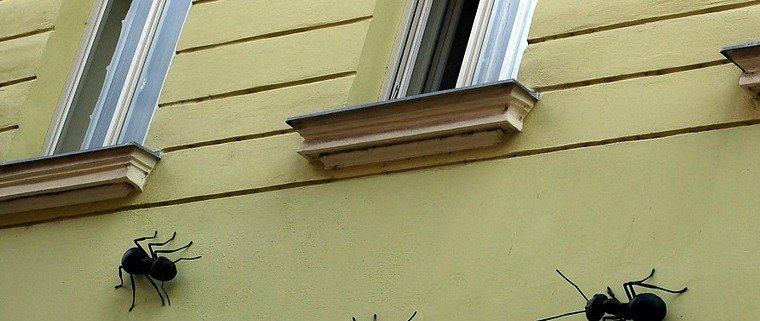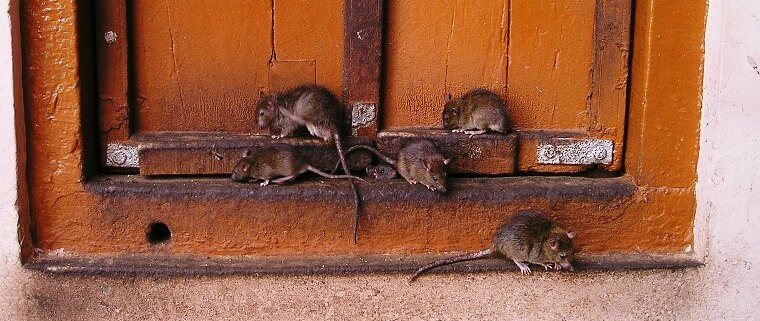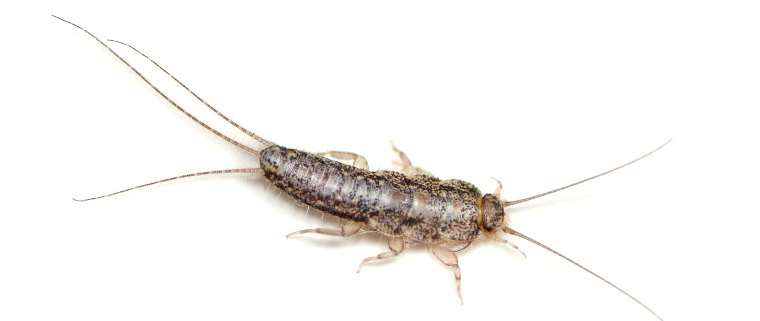Australia is a home to more than a thousand ant species, some of which are known to be pests. These critters gain access to homes, as well as other types of establishments, through crevices or from underground while they are in search for food and a breeding ground for their colony.
Although ants are mostly associated with sweet items, certain types can also feed on oils, fats and meat. During drier seasons, you might find them lingering around leaking pipes or under the sink as they search for water indoors. Most ant species, when gathering food, will leave a scent trail to mark the path to their food source. Other workers in the colony will then help with foraging, making their numbers grow in no time.
Common Ant Species in Australia
Some of the most common ant species that our team at Defence Pest Management often find during pest inspection in residential properties include:
Green Tree Ant
Green tree ants are mostly found in bushy and shrubby areas, including backyards and gardens, where they build their nests, using leaves. Also known as weaver ants, they pull the leaves together forming a balloon-like nest where the ant eggs, larvae and pupae are found. These ants usually have a yellowish-green appearance and a long, single-segment waist. If their nest is attacked, they use their jaws for biting and release a fluid into the wound that can cause discomfort.
Meat Ant
Meat ants have a dark-red colour and are about 1 cm in size. Their colonies are typically found underground. Dead meat and plants form part of their diet, which is why they can be beneficial for farmers. However, they can also be harmful, especially when there is an infestation, as they can bite intruders repeatedly.
Argentine Ant
Usually about 1.6 mm in length and appear light to dark brown, Argentine ants can bite if their nest and activities are disturbed. They prefer sweet foods, but can feed on almost anything. The colonies of Argentine ants are one of the hardest to track since they can follow long distances of food trail.
Black House Ant
Black house ants can enjoy a variety of diet, including oil or grease, meat and sweets. The adult ant can grow up to 3 mm. They can be found nesting under logs and woods or stones. Black house ants are among the most common species of ants that invade homes – they gather food from the garbage or any leftovers lying in the kitchen that are sweet or greasy.
Odorous House Ant
The odorous house ants, when crushed, can produce a distinct smell that is similar to a coconut, which is why they are also referred to as coconut ants. They are mainly attracted to sugary foods and nectar since their main diet includes honeydew. Once odorous house ants find a food source, their queens, workers and the entire nest will move closer to the location of the food source, which can result in huge infestations in properties from where food is gathered.
Fire Ant
Fire ants are known to be pests not only in homes but also in farms. They build and live in mounds and eat most types of food, including sweets, oils, proteins, as well as other insects and dead animals. If disturbed or attacked, fire ants can be aggressive and can sting. The sting can be painful and may result in a bump in the skin, which can last for several days.
Bulldog Ant
Bulldog ants are among the most dangerous ant species, with their stings causing extreme discomfort and may even lead to allergic reactions in humans. They can grow up to 20 mm in length and are usually black or red. Bulldog ants live under rocks, logs and in the soil. If their nest is attacked, they retaliate with repeated bites and can even track and follow intruders.
Eradicating the Pesky Ants
Most people, as soon as they see ants will immediately try to get rid of everything they find in their surroundings. However, dealing only with the ones you see on the surface will not completely clear out the infestation. The difficulty lies in tracking down the ant colony, which might actually be a few feet deep in the soil, or located within the walls of your property.
Depending on the type of the ant, they may also start attacking when disturbed, which could result in bites and can even pose dangers to health. To avoid these problems and to ensure the complete elimination of ants, our technicians at Defence Pest Management can help you with pest management. Not only will we provide a thorough inspection; we also use high-quality equipment to ensure an effective pest treatment.







